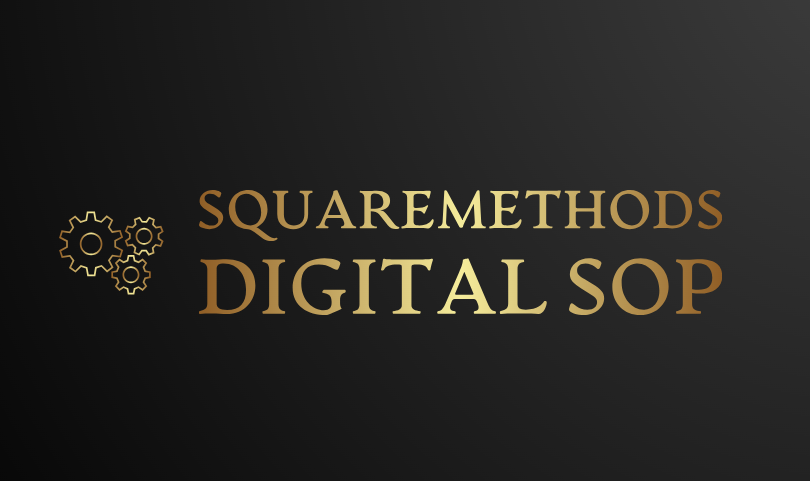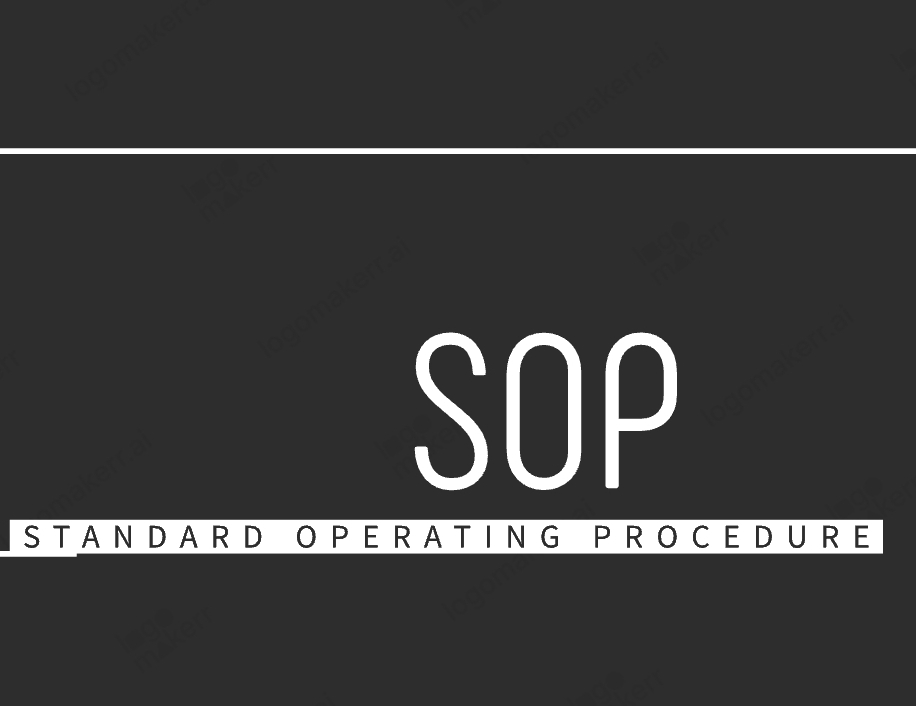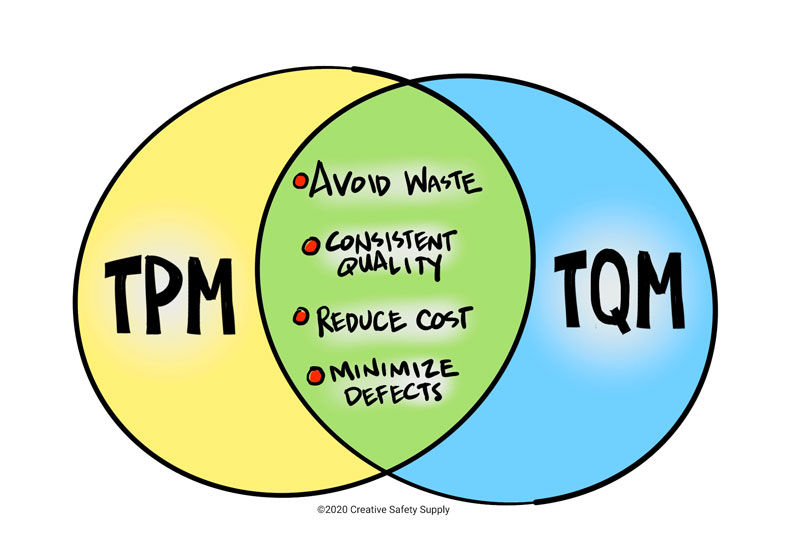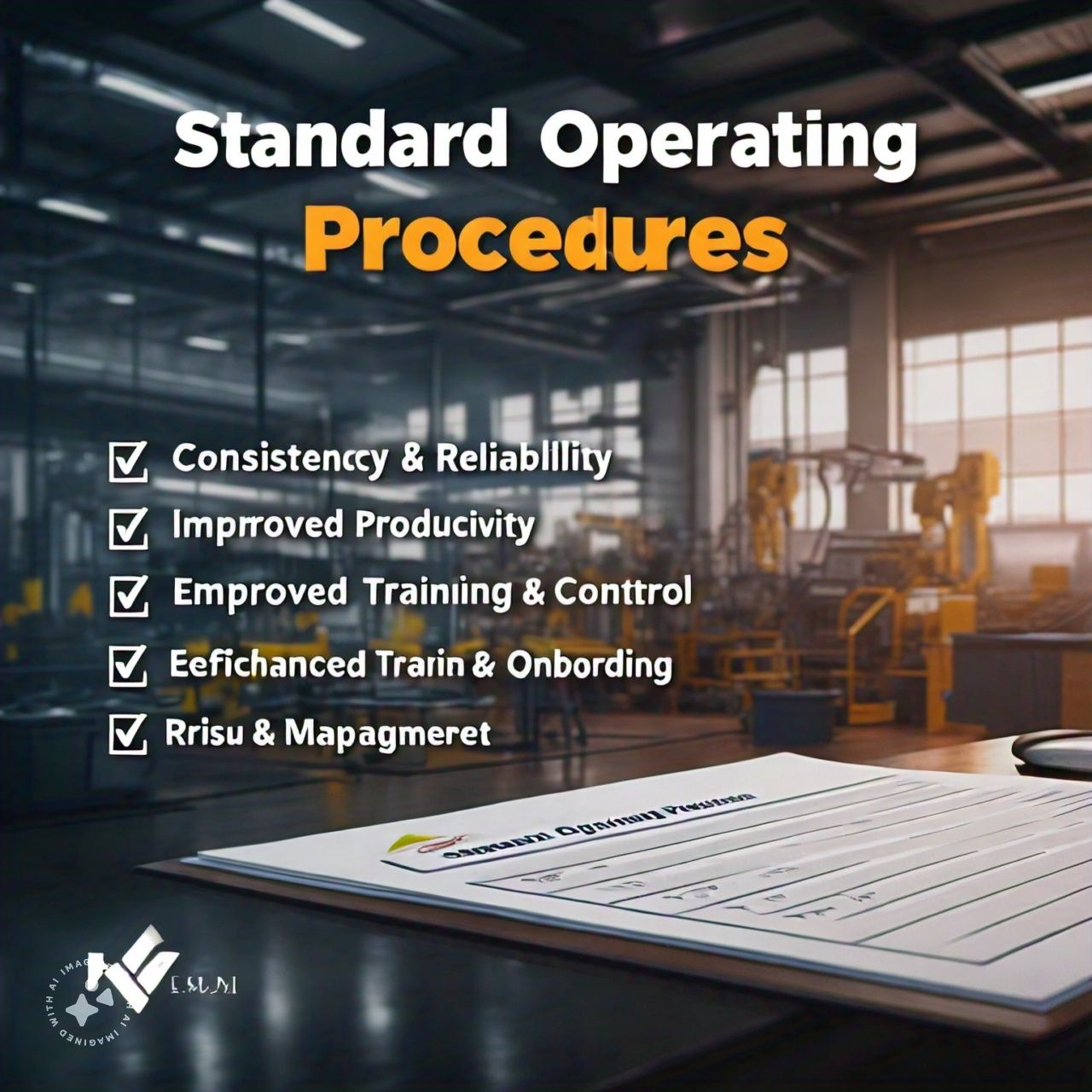standard operating procedure (SOP)
A standard operating procedure (SOP) is a comprehensive document designed to facilitate initial training and ensure consistent, accurate operation of equipment. Crafted by seasoned professionals, it incorporates detailed instructions conveyed through a blend of photographs, annotations, and textual guidance. Each equipment unit is accompanied by a readily accessible physical copy of the SOP, while technicians can conveniently access the digital version via a QR code scan. This digital rendition remains continuously updated, fostering technician engagement by enabling feedback for ongoing enhancement of instructional clarity and effectiveness.
Standard operating procedures (SOPs) represent the cornerstone of operational proficiency, offering a structured framework for guiding personnel through routine tasks and procedures. Developed by experts with extensive industry knowledge, these meticulously crafted documents serve as invaluable resources in ensuring uniformity and precision across equipment operations.
At its core, an SOP functions as a roadmap, providing step-by-step instructions to technicians regardless of their level of experience. By delineating best practices and safety protocols, it minimizes the risk of errors and promotes a culture of adherence to established standards. Through clear and concise communication, SOPs empower technicians to execute tasks confidently and efficiently, contributing to overall operational effectiveness.
Central to the efficacy of an SOP is its accessibility. A physical copy of the document is stationed alongside each piece of equipment, readily available for consultation at the point of need. This tangible presence serves as a constant reminder of procedural guidelines, fostering a culture of compliance and accountability among technicians.

Furthermore, advancements in technology have facilitated the transition towards digital SOPs, offering enhanced flexibility and convenience. By embedding QR codes on equipment, technicians can effortlessly access the digital version of the SOP using their mobile devices. This digital interface not only provides immediate access to the latest revisions but also facilitates interactive features such as multimedia content and hyperlinks, enriching the learning experience.
The dynamic nature of industrial operations necessitates a proactive approach to SOP management. Regular review and updates are essential to reflect evolving best practices, regulatory requirements, and technological advancements. Through a collaborative feedback mechanism, technicians can contribute insights and suggestions for improving the clarity and effectiveness of SOP instructions.
Moreover, the digital format enables real-time dissemination of updates, ensuring that all technicians are equipped with the latest information. This agile approach to SOP management promotes agility and responsiveness, enabling organizations to adapt swiftly to changing circumstances and maintain operational excellence.
Beyond its role in routine operations, SOPs play a crucial role in mitigating risks and ensuring compliance with regulatory standards. By codifying safety protocols and procedural guidelines, they serve as a safeguard against accidents and operational disruptions. Additionally, SOPs provide a framework for documenting and addressing deviations from standard procedures, facilitating root cause analysis and continuous improvement initiatives.
In conclusion, standard operating procedures (SOPs) are indispensable tools for promoting operational consistency, safety, and efficiency. Whether in physical or digital form, these meticulously crafted documents serve as guiding beacons for technicians, offering clarity, structure, and support in navigating complex operational environments. By embracing a culture of continuous improvement and leveraging technological advancements, organizations can harness the full potential of SOPs to drive excellence and achieve their operational objectives.




One thought on “Standard Operating Procedure”